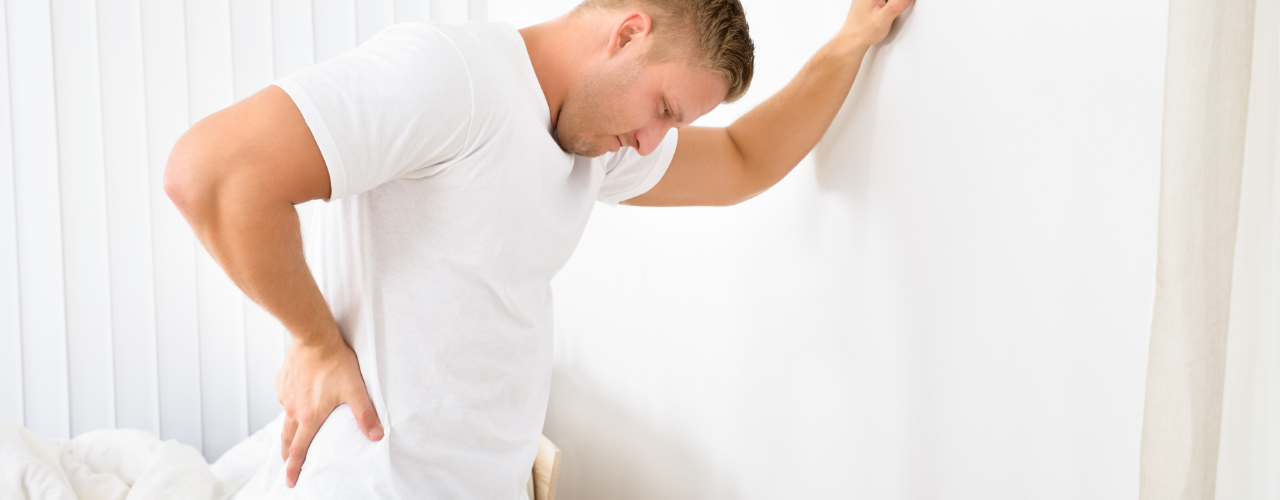
So, What Exactly is it?
Manual therapy could be referred to as “hands-on therapy,” since all of the different types of manual therapy incorporate a therapist’s hands working with your joints, muscles, and nervous system to help relieve pain, improve motion, reduce tension, and promote better circulation.
Manual therapy is one of the core interventions a therapist uses to assist a patient in solving their problem and there are a variety of techniques that have been developed over time to help in the process of getting better.
Quality hands-on individualized care is one of the criteria many patients use to judge if a practice is going to meet their needs. Manual therapy is often a needed component of a comprehensive treatment plan to overcome movement restrictions, trigger points (tender knots in muscles), and muscle tightness all of which can be responsible for ongoing pain.
Expert hands-on care is a mainstay to help patients with complex injuries or chronic pain. Manual therapy is a broad word that covers numerous techniques. These techniques originated from all over the world as the profession of physical therapy has grown and built a network of sharing and collaboration. Research is forever building to validate these techniques.
Manual therapy is just one aspect of the total care of helping someone get better. These techniques often represent the initial phase of care in restoring motion, reducing pain, swelling, and calming guarded movement. They represent what the PT or assistant will be doing to the patient and from there care will typically advance into a more active program of range of motion, strengthening, balance, and functional training.
It has been said physical therapy at Full Potential Physical Therapy in Holland, MI is an art based on a science and this could be a no truer statement when appreciating how manual therapy can be applied to a patient. There is the science or method and rationale, and then there is how it is applied by the therapist and that is the art.
What are the Different Types of Manual Therapy
Joint Mobilization/Manipulation
These techniques address restricted movement in a joint. If you had a knee replaced or a rotator cuff repaired, you will have restricted joint motion and may need to have the joint mobilized to help calm muscle tension, improve tissue extensibility, reduce swelling all to improve the motion within a joint. It is a very common procedure, usually is not painful, and can be applied to all joints in the body to improve motion and reduce pain.
Soft Tissue Mobilization (STM)
There are a variety of techniques that fall under the category of STM such as deep tissue manipulation, myofascial mobilization, trigger point release, and massage. Like joint mobilization, STM is often a key part of the treatment plan to help people overcome restricted motion and relieve pain. Considering there are over 600 muscles in the body, there is notable potential for muscle tightness and pain. These techniques are used frequently to handle the effects of heavy muscle use in sports and work which creates shortened muscle tissue or after an injury or surgery. STM is a good prelude to stretching as it warms and prepares the tissue to lengthen.
Manual Traction
Manual traction is a specialized form of joint mobilization. Both techniques work to create space in and around the joint but traction is applied more to the spine to relieve stress on a nerve as it exits the spinal column.
Myofascial Mobilization/Release
This is a specialized form of soft tissue mobilization but with attention more on the connective tissue or fascia. It represents an evolution of hands-on care where there has been further appreciation of how the myofascial system can be a significant perpetuator of pain and limitation.
For more information, contact us at our Holland, MI location.
A Better Life is Only Four Steps Away
Physical therapy can be an unfamiliar experience for many. To orient new patients to the process, we have divided their rehab journey into four segments called “The Four Phases of Getting Better.” It is important to note that while there are four phases utilized over the course of your care, they are not totally separate. They move gradually toward greater strengthening and function, which is the end goal to return confidently to the life you desire to live.1
Pain Relief
The first focus in getting better is pain relief. After your evaluation, your physical therapist will use hands-on techniques or manual therapy, light therapeutic exercise, and education on how to modify your activity and posture in order to give you more control over your pain. In this stage, modalities like ice, heat, myofascial release, electric stimulation and kinesiotape may be used.
2
Improve Mobility/Flexibility
The second step in this method is to improve mobility and flexibility. Your therapist will design a progressive program of range of motion and light stretching to restore mobility and reduce pain.
3
Improve Strength/Control
In the third step of this method, muscle weakness will be addressed to help you maintain the gains and momentum you achieve through phases one and two. A thorough strengthening process is the step that gives results that last, and this will prepare you for more functional training – the final step.
4
Functional Training
Now that your pain is resolved and you have the necessary mobility and strength, your program can be advanced into functional training. Whether you are returning to work, returning to life after post-op rehabilitation, getting back into recreation or sports, or simply returning to the activities of daily life, this step helps ensure your success after graduation and empowers you to be confident in your abilities again.

Reach Your Full Potential & Live Pain-Free!
Book A Free Consultation
Book a Free Consultation Today to Find Out How Physical Therapy Can Help You Find Relief!
request an appointment
Reach Your Full Potential and Live Life Pain-Free! Request an Appointment to Get Started Today!





